
You are doing it all wrong. Here’s the right way to store leftovers
In today’s fast-paced world, storing leftovers is more than a matter of convenience — it’s a smart, sustainable practice that helps reduce food waste, save money, and make the most out of every meal. Yet many home cooks end up frustrated when their leftovers spoil quickly or lose their original flavor and texture.
The secret? Understanding the science behind food storage.
From the right containers to the ideal temperature zones, there’s a clear method to keeping your leftovers safe, flavorful, and ready to enjoy — sometimes even better than the first time around.
1. Understanding the Basics of Leftover Storage
Proper leftover storage begins with knowing how to keep food both safe and delicious. Bacteria multiply most rapidly in what’s known as the danger zone — between 40°F and 140°F (4°C–60°C). The goal is to cool food quickly and store it below that range.
-
Refrigerate leftovers within two hours of cooking (or within one hour if the ambient temperature is above 90°F, such as during a summer picnic).
-
Keep your refrigerator at 40°F (4°C) or lower and consume most leftovers within three to four days for best quality.
-
For hot dishes like casseroles or stews, divide them into smaller portions so they cool faster.
Remember: the faster your food cools, the safer it will be — and the better it will taste when you reheat it.
2. Choosing the Right Containers
Not all containers are created equal. Using the right type can make a huge difference in preserving texture, preventing contamination, and maintaining flavor.
-
Airtight glass containers are ideal for most foods. They don’t absorb odors, resist staining, and can go from fridge to microwave or oven.
-
Plastic containers are fine for cold storage but can warp under heat or trap odors over time.
-
For liquid-based foods like soups or sauces, leave about an inch of space at the top to allow for expansion when freezing.
-
Match container size to your portion — too much air inside can lead to freezer burn or flavor loss.
A good rule of thumb: if you wouldn’t serve food in that container, it probably isn’t the best one for storing it.
3. Why Rice Should Never Be Stored Airtight
Rice may seem harmless, but it’s one of the trickiest foods to store. When sealed too tightly, residual moisture can create a breeding ground for Bacillus cereus, a bacteria that can cause foodborne illness.
To store rice safely:
-
Let it cool quickly, ideally within an hour.
-
Transfer it to a container with a loose-fitting lid or vent, allowing excess moisture to escape.
-
Store in the refrigerator and eat within one to two days.
-
When reheating, make sure the rice is steaming hot all the way through before eating.
These simple precautions help you enjoy leftover rice without any risk to your health.
4. Cooling Soup Before Storing in Glass Containers
Hot liquids and glass containers don’t mix well — sudden temperature changes can cause the glass to crack or shatter. To avoid this, let soups and broths cool to room temperature before transferring them to storage containers.
To speed up cooling:
-
Divide large batches into smaller, shallow containers.
-
Stir occasionally to release heat evenly.
Once cooled, seal and refrigerate promptly. When you’re ready to enjoy it again, reheat to 165°F (74°C) to eliminate any potential bacteria and bring back that comforting warmth.
5. Bread Storage: Freezer Beats Fridge
Bread seems simple to store, but the refrigerator actually accelerates staling due to retrogradation, a process where starch molecules recrystallize.
Instead, use the freezer:
-
Wrap loaves tightly in plastic wrap or foil, then seal them inside a freezer-safe bag.
-
When you’re ready to eat, thaw at room temperature or toast directly from frozen for that fresh-baked feel.
If you’re storing fresh bakery bread, consider slicing it before freezing — that way you can grab only what you need.
6. Storing Pasta Without the Sticky Mess
Plain pasta tends to clump together when chilled. To prevent this, toss cooked pasta with a light drizzle of olive oil before storing. This creates a thin barrier that keeps noodles separate and smooth.
Store in an airtight container for up to three to five days. When reheating, add a splash of water or sauce to restore moisture and keep the texture al dente.
Pro tip: store pasta and sauce separately, then combine them when reheating for the best flavor.
7. Labeling: The Unsung Hero of Food Safety
A simple label can make a huge difference in reducing waste and keeping your meals safe.
Write the date of storage and contents on each container using a waterproof marker or freezer-safe label. This helps you easily track how long each item has been kept and prevents mystery meals from being forgotten in the back of the fridge.
If you meal prep often, consider color-coded labels — for example, blue for proteins, green for veggies, and red for ready-to-eat meals.
8. Fine-Tuning Your Fridge and Freezer Temperatures
Your fridge and freezer temperatures are your first line of defense against spoilage.
-
Set your refrigerator to 40°F (4°C) or slightly below.
-
Keep your freezer at 0°F (-18°C).
-
Use an appliance thermometer to double-check accuracy.
Avoid overcrowding — air needs space to circulate. A well-organized fridge not only stays colder but also helps you see what needs to be eaten first, reducing waste.
9. The Power of Portioning
Portioning leftovers into individual servings saves time, energy, and food. Instead of reheating an entire casserole, warm just what you need.
This practice prevents repeated reheating and cooling, which can degrade texture and flavor. It also makes weekday lunches easier — just grab a pre-portioned meal and go!
If you’re freezing portions, label them by meal type and date for easy rotation.
10. Safe and Smart Reheating
Reheating is just as important as storing. Always heat leftovers to at least 165°F (74°C) to kill any harmful bacteria.
-
In the microwave, cover food with a vented lid or damp paper towel to retain moisture.
-
Stir or rotate halfway through heating for even warmth.
-
For crispy foods like pizza or fries, use the oven, toaster oven, or air fryer to revive crunch without sogginess.
11. Viral Leftover Storage Hacks Worth Trying
The internet is full of clever hacks that actually work:
-
Freeze small portions of sauces, broth, or pesto in ice cube trays — perfect for one-meal servings.
-
Line containers of leafy greens with a paper towel to absorb moisture and keep them fresh longer.
-
Store herbs in a jar with a bit of water and cover loosely with a plastic bag — like a bouquet — to extend their life.
These small tricks make food storage easier, more organized, and a lot more efficient.
🥘 Final Thoughts: Turn Leftovers Into Opportunities
Storing leftovers properly isn’t just about keeping food from spoiling — it’s about respecting the effort you put into cooking and making sure every bite counts.
By mastering these simple techniques, you’ll save money, reduce waste, and enjoy meals that taste just as delicious the next day. With a bit of planning, your fridge can become your secret ally in creating flavorful, zero-waste meals all week long.
News in the same category


Haven't heard that before
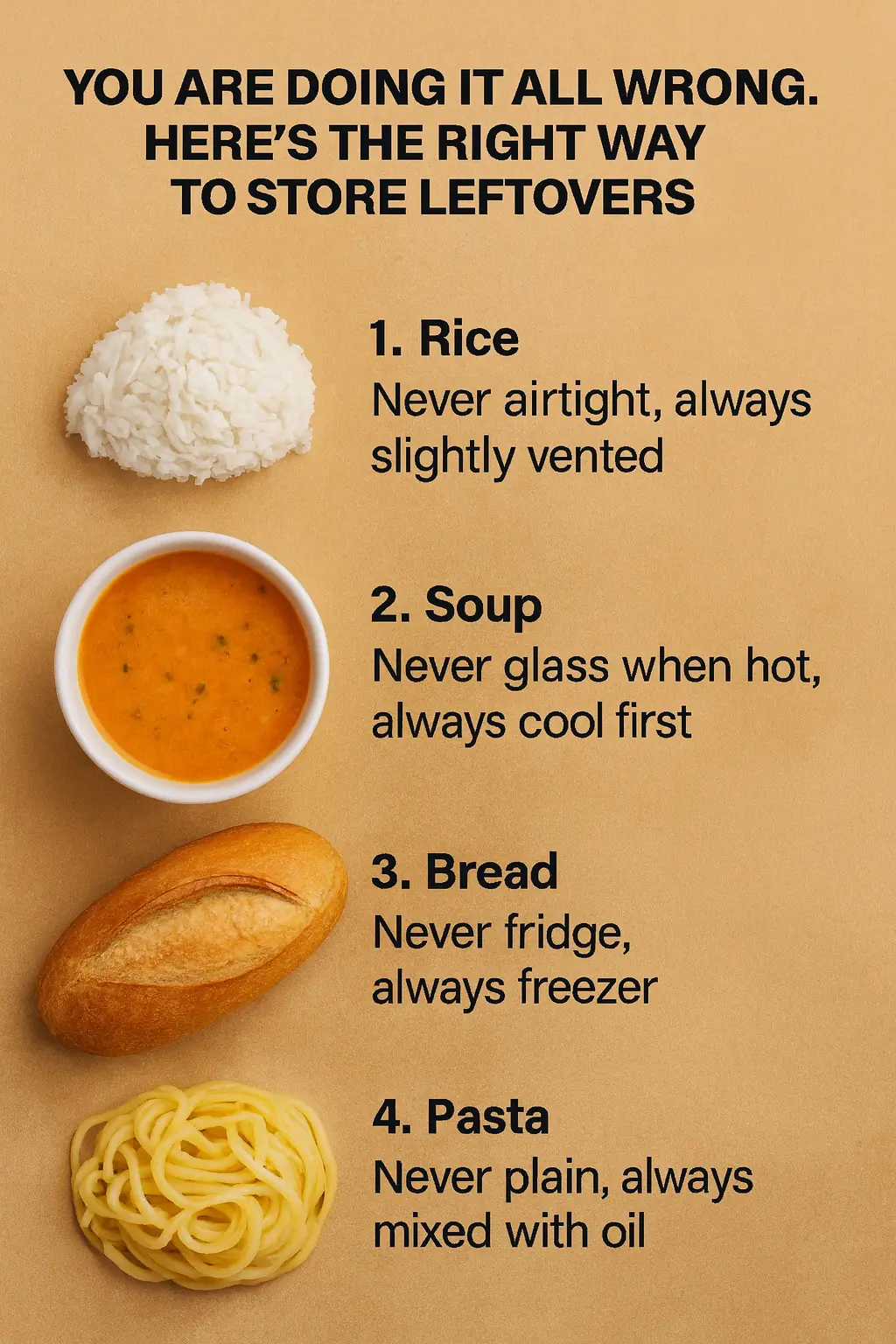
You are doing it all wrong. Here’s the right way to store leftovers

10 genius tricks to revive your garden patio
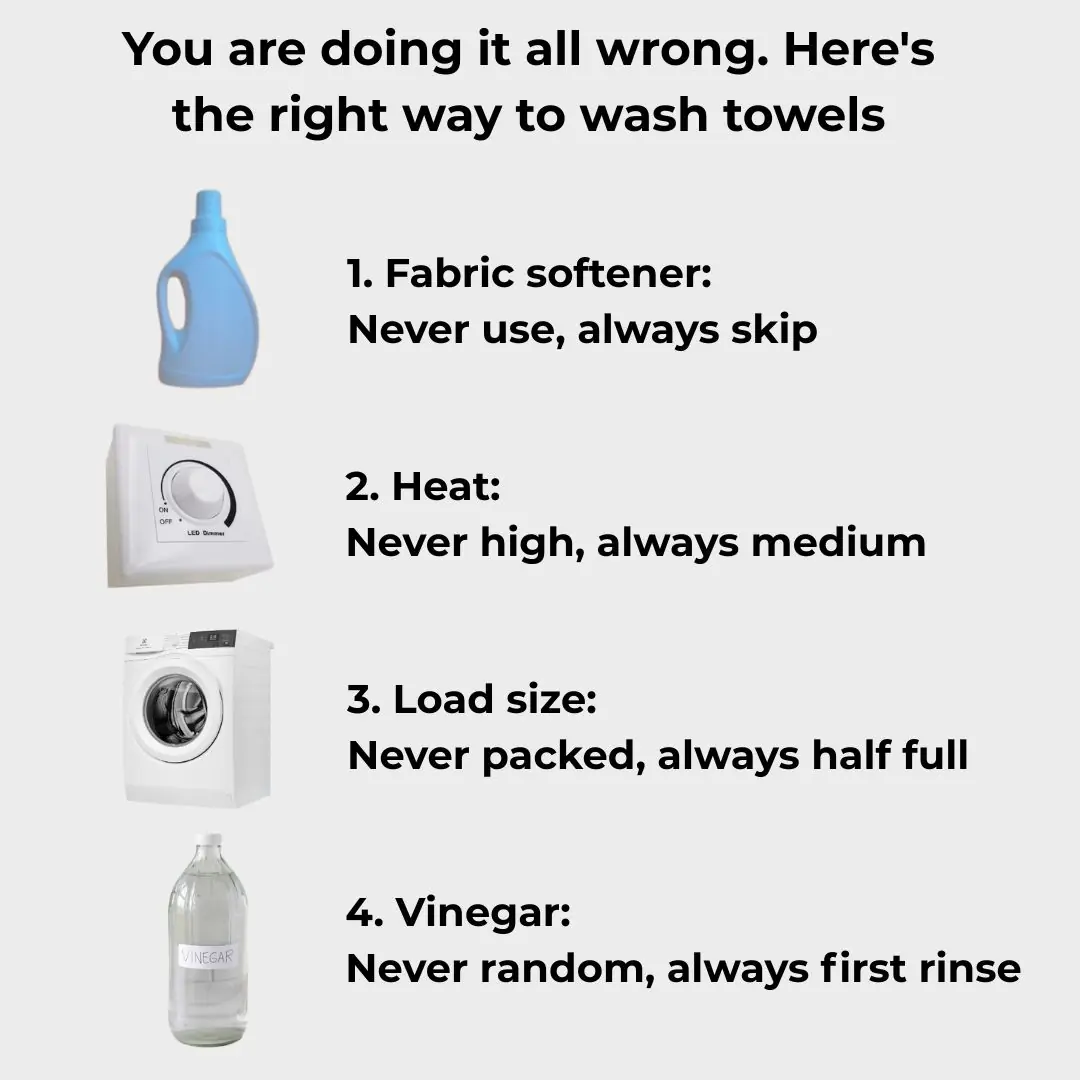
You are doing it all wrong. Here’s the right way to wash towels

They look so harmless

How to Remove a Fish Bone from Your Throat 🐟😮
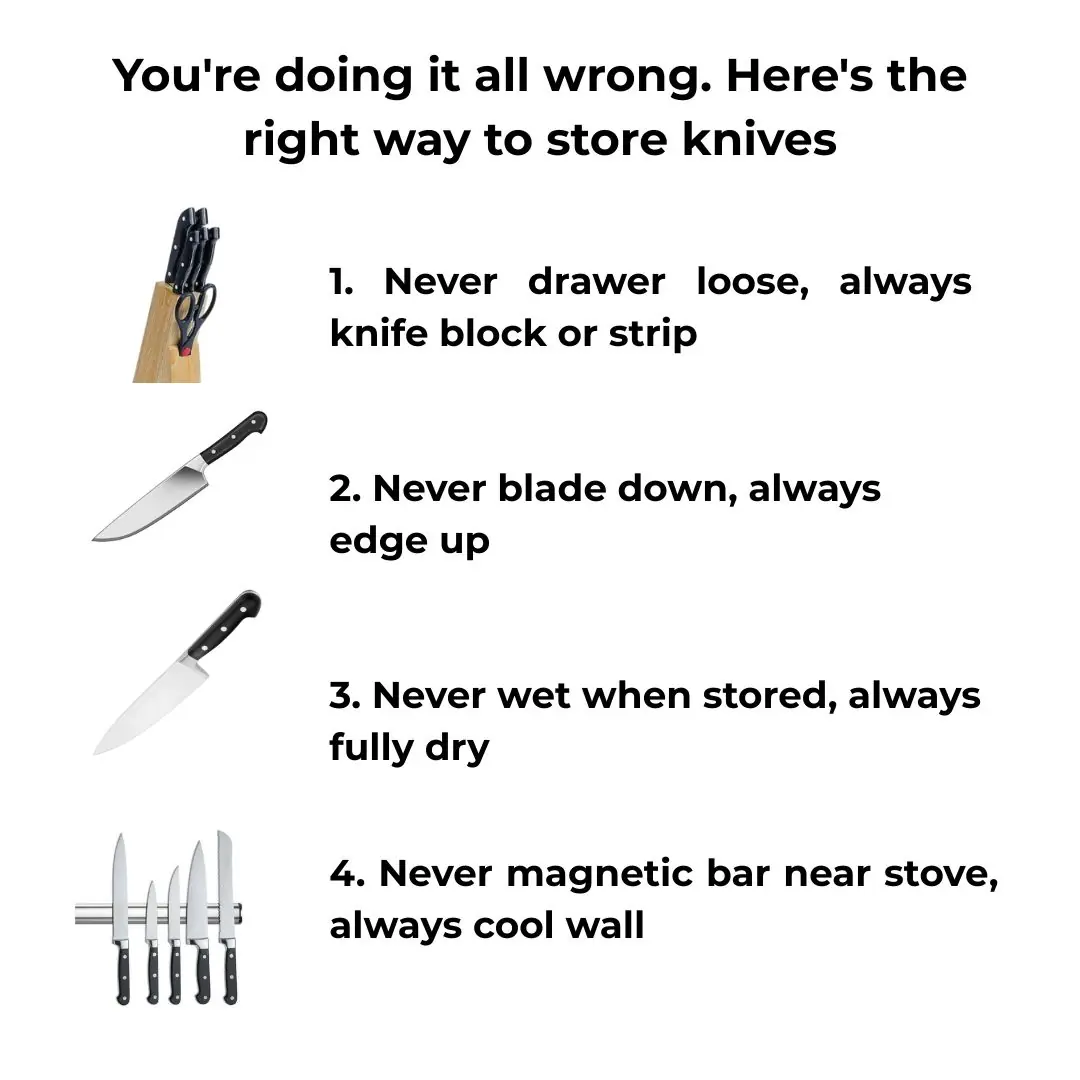
You’re doing it all wrong. Here’s the right way to store knives

You’re doing it all wrong. Here’s the right way to unclog your drain

Mistake when washing grapes with salt and baking soda: This method only removes insect eggs, and the skin is still edible

Boiling chicken with plain water is outdated: 2 ways to cook chicken without water that make it delicious, tender, and preserve its nutrients

A type of vegetable destroys more than 90% of cancer cells within 48 hours, yet Vietnamese people mistake it for a wild plant growing all over the streets.

A plant with a distinctive aroma: Both a spice and a 'miracle' for health

Bare pork through boiling water, thought clean but soaked in more dirt: This is the most correct thing

A week after applying this method, cockroaches, ants, and mosquitoes no longer appeared in my house.

🚽 How to Unclog a Toilet Without Using a Plunger – 5 Smart, No-Mess Hacks That Actually Work

You are doing it all wrong. Here’s the right way to use your fireplace
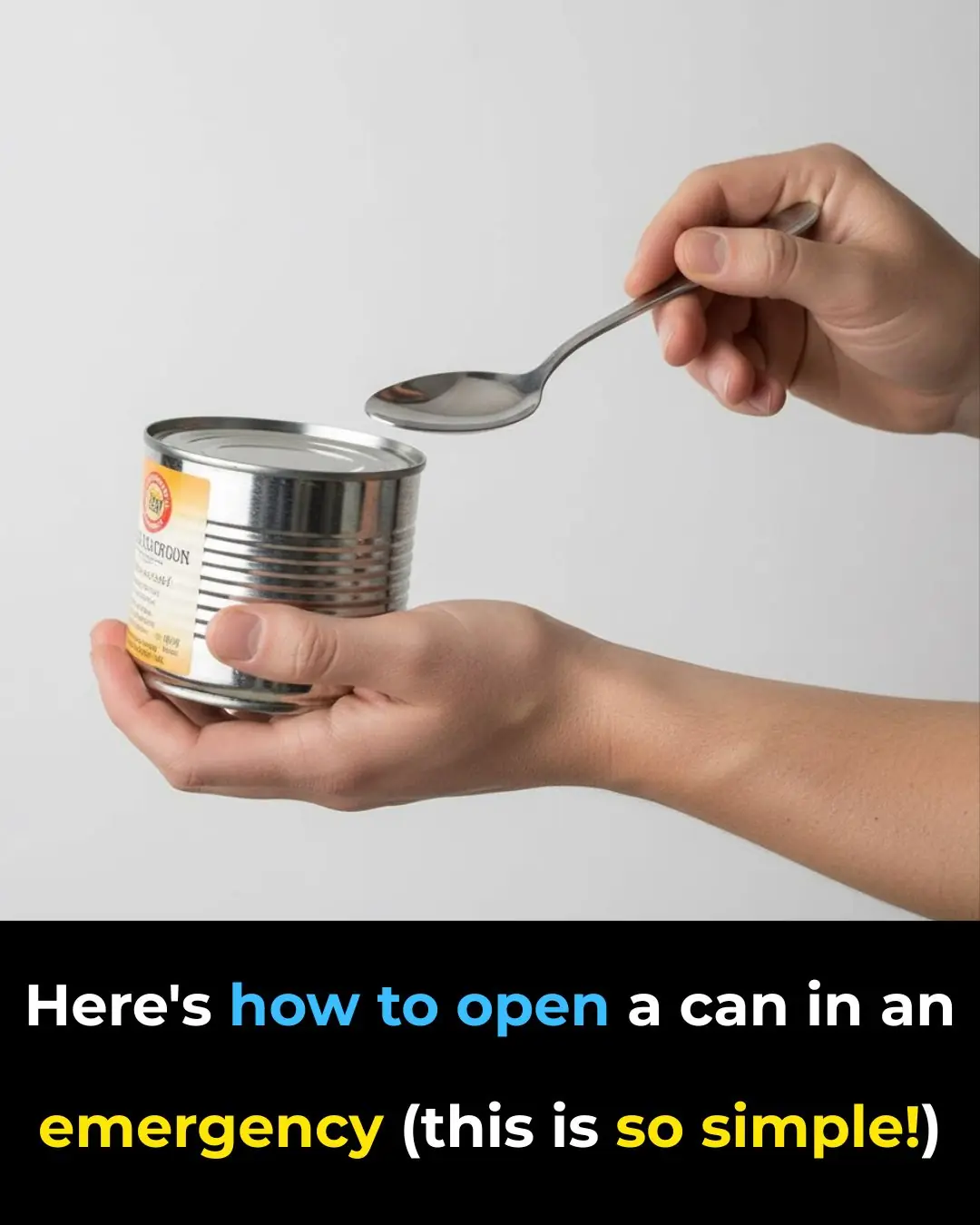
Here's how to open a can in an emergency (this is so simple!)

Most people will never know
News Post

Eating Steamed Sweet Potatoes Every Day: A Woman Shocked by Her Liver Test Results

Warning Signs You Should Never Ignore: The Silent Symptoms of a Brain Aneurysm

Model Loses Both Legs After Toxic Shock Syndrome From Everyday Tampon Use

Before And After: Woman With Extreme Lip Enhancements Reveals Old Look

Tragic End: Georgia O’Connor Passes Away Weeks After Wedding Amid Medical Neglect
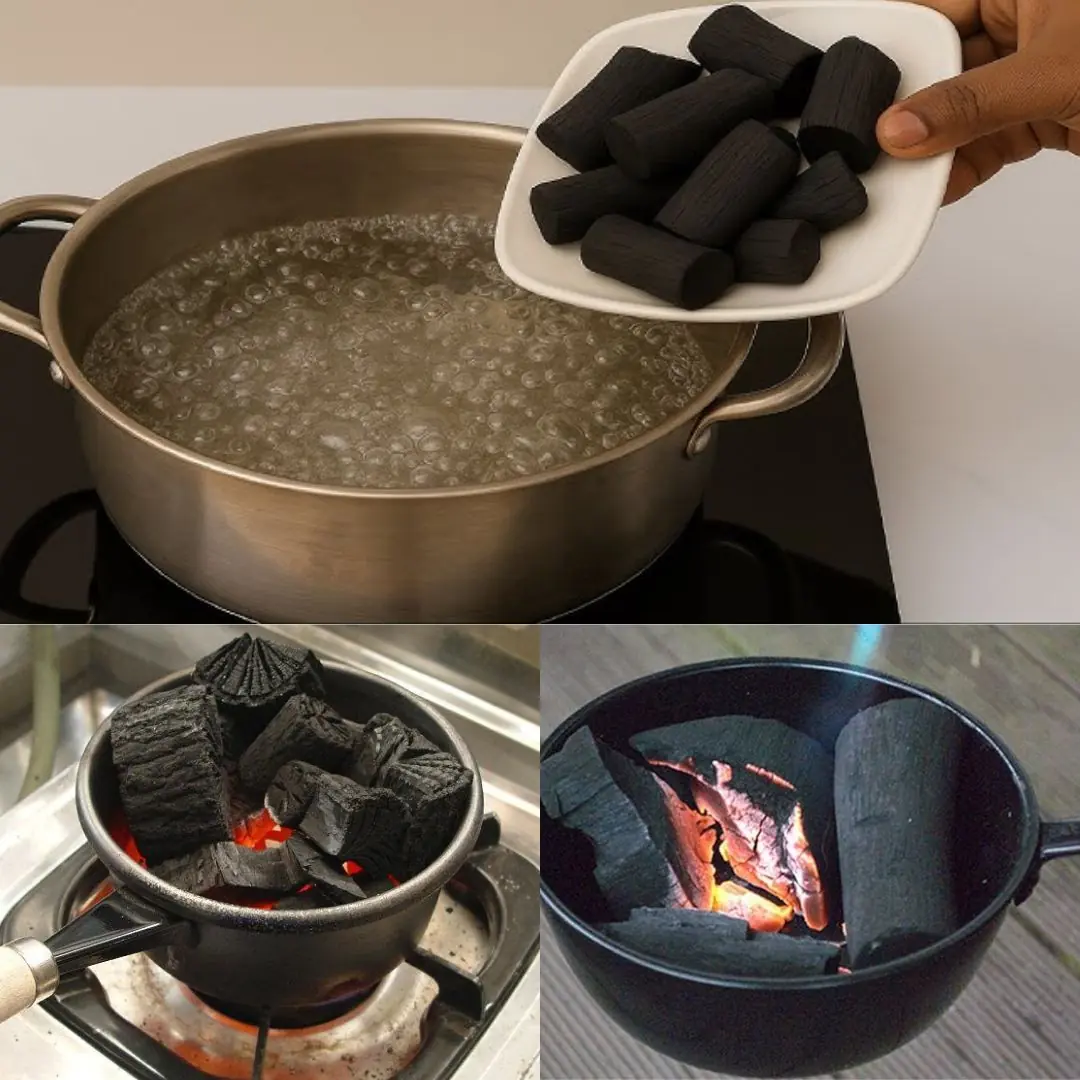
DIY Survival Water Filter: A Simple Life-Saving Tool You Can Make Anywhere

30 Powerful Reasons You Should Stop Ignoring Purslane

Why drinking your sugar is more harmful for diabetes than eating it, study finds

When a cat rubs against you, this is what it means

Zodiac Signs Most Likely to Have Prophetic Dreams

Ivy and Vinegar: A Safe and Natural Spray to Keep Pests Off Your Garden
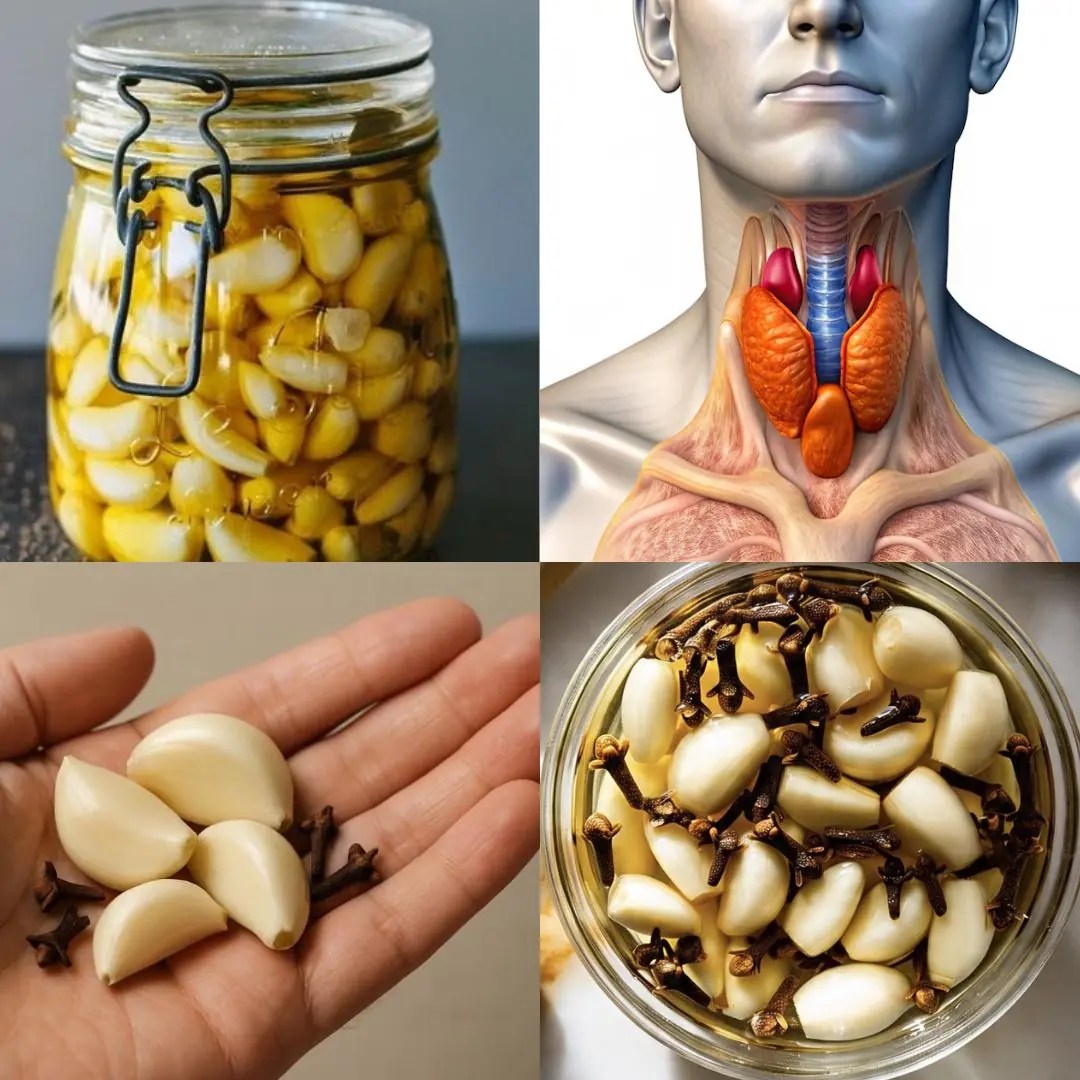
Garlic, Honey, and Cloves – a powerful natural remedy packed with health benefits

Vinegar is the key to streak-free windows and shiny surfaces, but most use it wrong. Here's the right way to use it

Haven't heard that before

You are doing it all wrong. Here’s the right way to store leftovers

10 genius tricks to revive your garden patio

You are doing it all wrong. Here’s the right way to wash towels

They look so harmless
